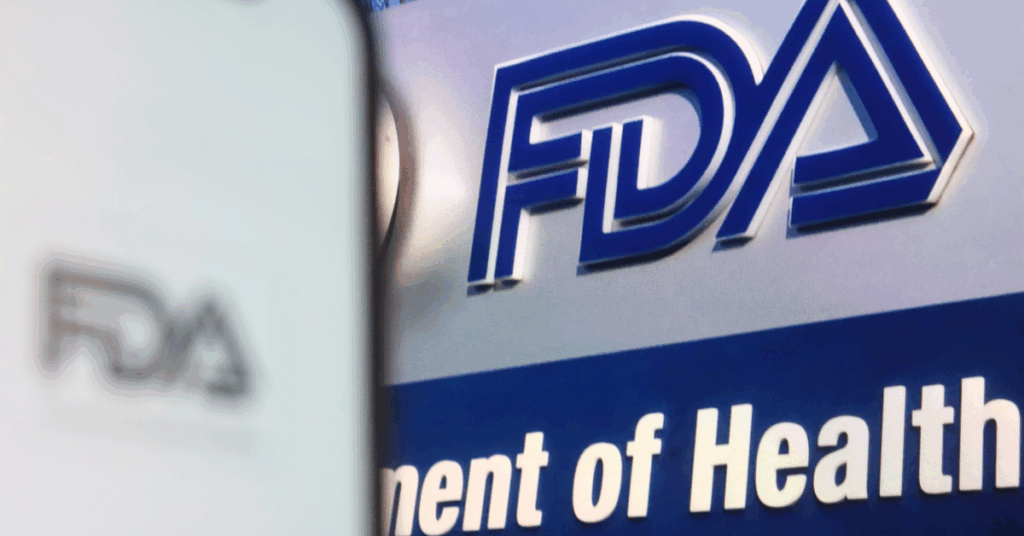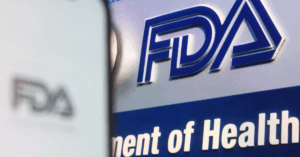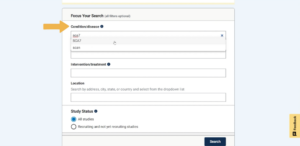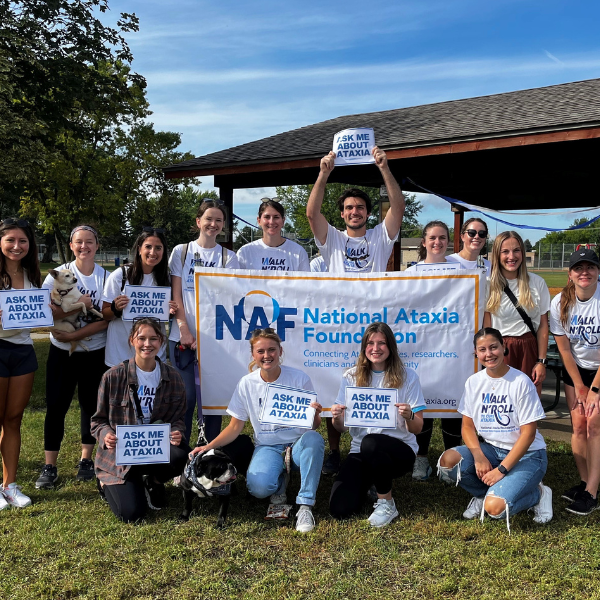
Drug companies must follow a detailed process to build and submit their New Drug Application (NDA) to the U.S. Food and Drug Administration (FDA). You can read more about NDAs in an earlier PrepRARE article here. But did you know that the FDA has its own set of rules to follow as part of the drug approval process, too? Read on to learn more about the history of the Prescription Drug User Fee Act (PDUFA), just what companies mean when they reference an upcoming “PDUFA date,” and what exactly happens when the FDA delivers a decision on an NDA.
PDUFA History
Drug applications used to take years to be reviewed because the FDA did not have enough staff and resources to work quickly. Such long delays slowed access to new therapies for patients. It also left companies waiting for a decision, with no end in sight. To address these issues, the US Congress created the Prescription Drug User Fee Act (PDUFA) in 1992. PDUFA gives the FDA permission to collect fees from drug companies that apply for NDAs. Those fees give the FDA the necessary resources to review applications within a clear, reasonable timeline. PDUFA must be reauthorized, or reapproved, every 5 years. The most recent version was signed into law in 2022.
Thanks to PDUFA, the review process is now much quicker. When a drug company files an NDA and pays the related fee, the FDA must respond by providing the company with a timely review. This includes sharing a specific date by which the FDA agrees to make a final decision on the application. That date is known informally as the “PDUFA date.” Most new drug applications are fully reviewed within 10 months. If a company is granted priority review, the process can be as short as 6 months. At the end of the review process, by the PDUFA date, the FDA must deliver its decision to the drug company.
Why PDUFA Dates Matter
- Clarity: A PDUFA date aligns the drug company and the FDA on a clear, predictable timeline for review. Gone are the days of waiting years for a decision.
- Planning: Setting a PDUFA date helps the FDA plan. They can dedicate staff and resources to thoroughly review the application by the deadline.
- Marketing: Getting a drug approved is an expensive, lengthy process. For drug companies, the PDUFA date helps guide marketing and launch strategies and keep investors up to date.
PDUFA Date Outcomes
At the end of the review timeline, by the PDUFA date, the FDA will either approve the drug or issue a Complete Response Letter (CRL).
If the drug is approved, this means the FDA agrees that the data supports the drug is safe and effective. An FDA approval grants a drug company permission to manufacture and market the new drug to clinicians and patients.
If the FDA issues a CRL, this means the FDA identified issues within the application. The CRL details the specific reasons why the application was not approved. It also outlines what the company must do to address those issues before potentially reapplying.
Final Takeaways
Drug companies and the FDA share an overall goal of getting safe, effective medications approved for use by patients across all disease areas, including ataxia. PDUFA and the PDUFA date are key parts of the drug approval process in America. These laws and deadlines help ensure that drug companies can get safe, effective therapies approved quickly.
Read Our Other PrepRARE Articles

All about PDUFA Dates

Eligibility in Clinical Trials: Learn More about Inclusion and Exclusion Criteria

All About New Drug Applications (NDAs)

What is an Investigational New Drug (IND) application?

Patient Registries – What are they and why do they matter?




